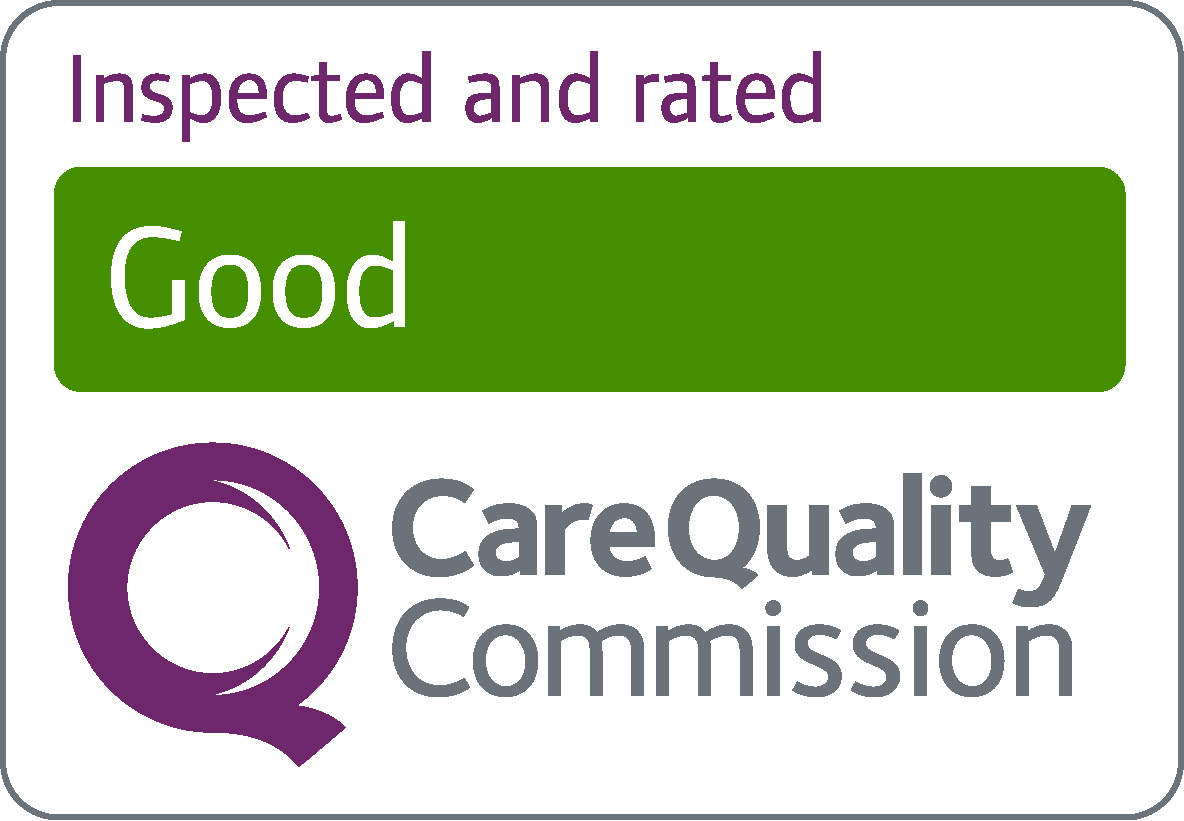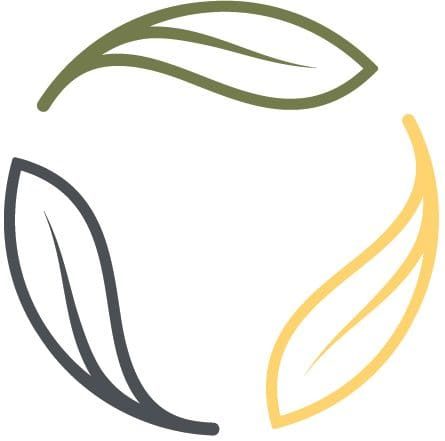The Rise In Prescription Drug Addiction

on 09 May 2022

Over the last decade, Prescription Drug Misuse (PDM), has become a growing problem, resulting in an increase in A&E visits, more treatment admissions for prescription drug addiction and an increase in overdose deaths. The National Survey on Drug Use and Health (NSDUH) defines PDM as “use without a prescription or in ways not intended by the prescriber” (1).
Medications that are frequently abused include opioid pain relievers, such as Oxycontin; Central Nervous System (CNS) depressants to treat sleep disorders and anxiety; and stimulants such as the kind prescribed for ADHD. As these drugs are legally prescribed, they are often deemed harmless. However, their accessibility and affordability leave them open to abuse.
At Delamere, we help our guests to overcome prescription drug addiction and painkiller addiction at our wellness retreat in Cheshire. Here, our addiction experts explore the contributing factors to the recent rise in PDM and what you can do if you are worried about your own, or someone else’s addiction to prescribed medication.
Prescription drug abuse statistics in the UK
Prescription drugs are the third-most abused illegal substance after marijuana and cocaine and the fifth most abused substance after alcohol and tobacco. In recent years, opioid- and benzodiazepine-related overdose deaths have increased in the US, Canada, UK and the rest of the European Union (2). Abuse of several categories of prescription drugs is now at alarming levels, leading doctors and politicians to declare a global health crisis.
In 2019, widespread concern led to Public Health England carrying out an evidence-based review to establish the scale of prescription drug addiction in the UK. The review covered benzodiazepines (anxiety and insomnia), Z-drugs (insomnia), gabapentin (neuropathic pain), opioids (chronic pain) and antidepressants (depression). The report found:
- 1 in 4 people had been prescribed these medications in the past year
- The number of prescriptions for antidepressants and gabapentin are rising
- Women and older adults are prescribed to at the highest rates
- Prescribing rates are directly linked to deprivation (3).
The rise in opioid abuse and overdose
You’ve no doubt read the reports in the press about the opioid crisis that is gripping the world. Opioids, such as codeine, fentanyl and tramadol, are some of the most commonly prescribed painkillers. But prolonged abuse and misuse, without medical supervision, can lead to dependence, painkiller addiction and other health problems.
According to the World Health Organisation, around half a million deaths are attributable to drug use globally and more than 70% of these deaths are related to opioids. Their ability to induce feelings of euphoria is one of the main reasons opioids are abused. Taking too many opioids, not as prescribed, can cause breathing difficulties and opioid overdose (4).
Reasons for the rise in prescription drug addiction
We are officially a nation of pill poppers. The number of NHS prescriptions has doubled over the last ten years with three types of antidepressants among the 20 most commonly prescribed medications (4). It stands to reason that with more prescriptions comes a greater chance of an increase in abuse. Here are a few other potential reasons for the rise in prescription drug misuse and addiction.
Accessibility and availability of prescription drugs
Many prescription drugs are only designed to be used for a short period of time. Taken for longer than prescribed, some of these medications are highly addictive. Someone who develops a tolerance to prescription drugs and becomes accustomed to taking them to get through their day, can quickly begin craving higher amounts to achieve the desired effects – whether that’s getting a good night’s sleep or relieving pain. An addicted person can access prescription drugs easily on the black market, via the internet on the dark web, by borrowing a friend’s and family member’s medication or shopping around different doctors.
The COVID-19 pandemic and prescription drugs
There have been so many casualties of the pandemic, not least of which has been a rise in prescription drug abuse. Experts agree that stress caused by COVID-19, such as money worries, loneliness and fear of getting ill, were a major driver for the increase.
Lockdowns meant street drugs were harder to obtain, so heroin addicts were more likely to turn to fentanyl, which is actually 50 times stronger. Working from home made it easier for people with prescription drug addiction to hide their disorder and presented more opportunities to take medication during the day.
Covid-19 also had devastating effects on the elderly, particularly care home residents. One Canadian cross-population study reported significant increases in the use of benzodiazepines, antidepressants and opioids during the pandemic (4).
Mental health problems and prescription drug use
Even before the pandemic, mental health disorders were leading causes of global health-related problems. As the amount of affected people continued to rise, the number of prescriptions for medications, such as benzodiazepines and antidepressants, followed suit. While ‘benzos’ are relatively safe in small doses, chronic abuse can lead to prescription drug addiction. Known by the brand names Xanax, Valium and Ativan, they are often used in combination with antidepressants or alcohol by people with addiction disorders.
Prescription drug abuse and mental health problems are also intrinsically linked. Around half of all people who are diagnosed with a mental illness during their lives will also experience a substance use disorder and vice versa (7). Research suggests that people with mental, personality and substance use disorders are also at an increased risk for nonmedical use of prescription opioids (8).
An ageing population and prescription drug addiction
With more people living to the age of one hundred than ever before, our growing elderly population is contributing to the rise in prescription drug abuse. Older people typically take more medicine than younger age groups and the way their bodies react to certain drugs mean they are at risk of becoming addicted or suffering more severe side effects.
Symptoms of prescription drug abuse are also harder to spot in the elderly as they can be similar to common signs of aging, such as memory loss. If you care for an older relative and have any concerns about their reliance on medication, always seek professional help.
How can Delamere help with prescription drug addiction?
Prescription drug addiction is not something to be ashamed about. It is a surprisingly common problem that we treat at Delamere every day. We are experienced in treating many painkiller addictions, including co-codamol, codeine, Tramadol, Valium and Xanax.
We can help you safely withdraw from these medications with a clinical detox and support from a caring team of qualified professionals.
Our holistic therapists are ready to listen and can help you understand the reason for your dependence on prescription drugs and develop the tools to overcome it. We allow our guests the freedom to explore their thoughts and feelings in a non-judgemental environment through one-to-one therapy sessions and group therapy work. You will also be able to take part in transformative somatic healing experiences, such as equine facilitated psychotherapy.
You will leave our retreat with a future-proof recovery plan and 12-months of aftercare support to help you overcome your prescription drug addiction for life.
References
1. Ty S Schepis et al. Prescription Drug Misuse: Taking a Lifespan Perspective. Subst Abuse. 2020; 14: 1178221820909352. Published online 2020 Mar 5. doi: 10.1177/1178221820909352.
2. https://drugabusestatistics.org/.
3. The Pharmaceutical Journal, Government launches review of prescription drug misuse in England;Online:DOI:10.1211/PJ.2018.20204289.
4. https://www.who.int/news-room/fact-sheets/detail/opioid-overdose
5. NHS prescribed record number of antidepressants last year. BMJ 2019;364:l1508. doi: https://doi.org/10.1136/bmj.l1508 (Published 29 March 2019).
6. Campitelli MA, Bronskill SE, Maclagan LC, et al. Comparison of Medication Prescribing Before and After the COVID-19 Pandemic Among Nursing Home Residents in Ontario, Canada. JAMA Netw Open. 2021;4(8):e2118441. doi:10.1001/jamanetworkopen.2021.18441.
7. Kelly TM, Daley DC. Integrated Treatment of Substance Use and Psychiatric Disorders. Soc Work Public Health. 2013;28(0):388-406. doi:10.1080/19371918.2013.774673.
8. Katz C, El-Gabalawy R, Keyes KM, Martins SS, Sareen J. Risk factors for incident nonmedical prescription opioid use and abuse and dependence: results from a longitudinal nationally representative sample. Drug Alcohol Depend. 2013;132(1-2):107-113. doi:10.

About the author: Martin Preston
Martin created Delamere in order to provide exemplary care in first class facilities. Find out more about Martin on our team page.
RECENT POSTS
The Power of Reaching out a HandFrom sobriety to quality of life: Revisiting recovery outcome measures
The role of alcohol in UK culture, and how to break free
Holistic diet tips to balance energy and mood
CATEGORIES
-
Addiction Recovery
Addiction Reports
Alcohol Addiction
Burnout
Delamere
Digital Addiction
Drug Addiction
Holistic Programmes
Other Behaviours
Prescription Drug Addiction
Rehab
ARCHIVES
- December 2025
- November 2025
- October 2025
- September 2025
- August 2025
- July 2025
- June 2025
- May 2025
- April 2025
- March 2025
- February 2025
- January 2025






